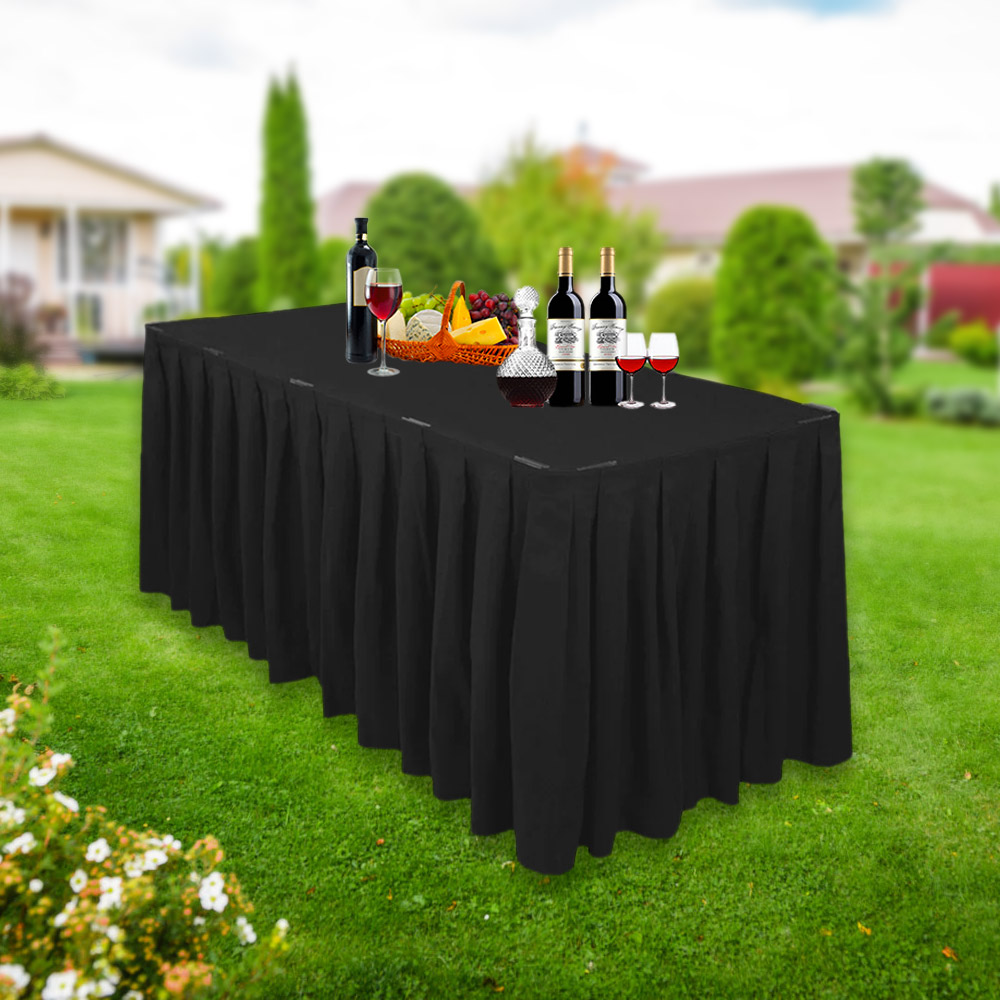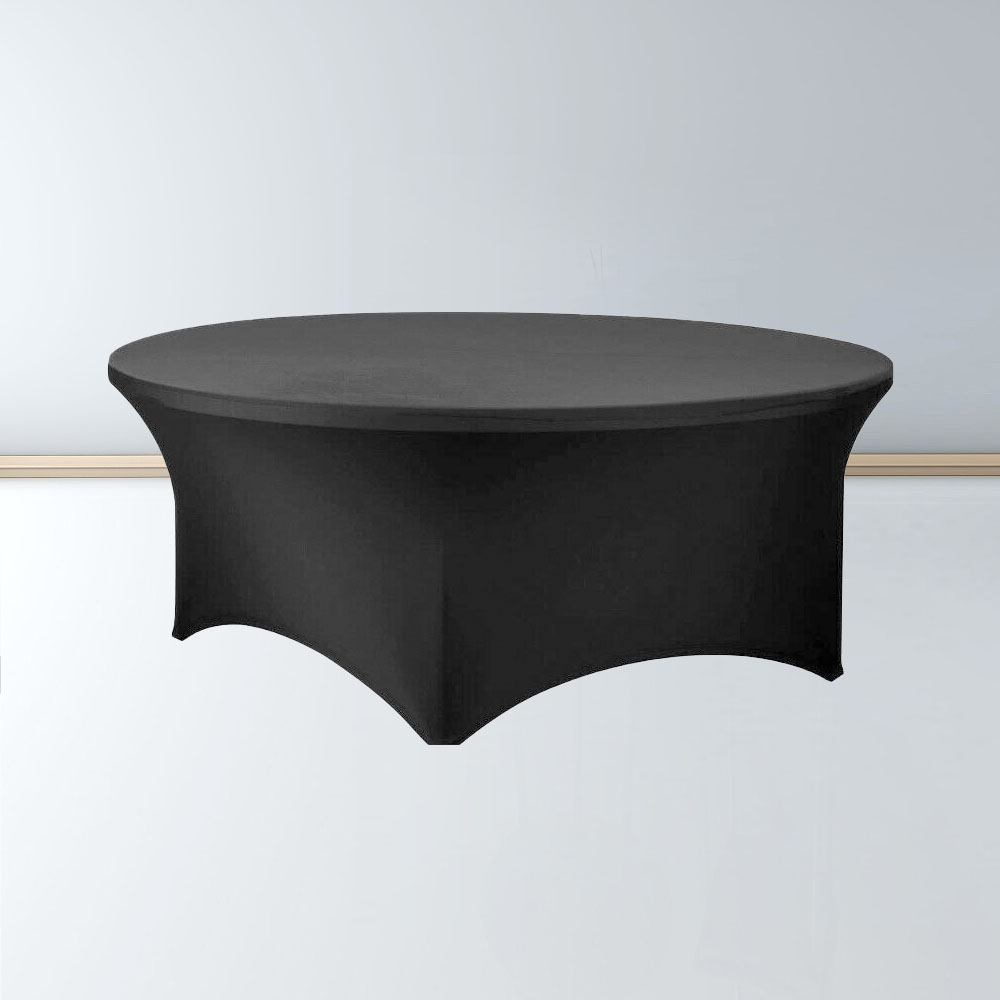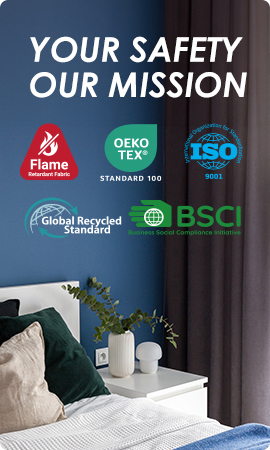Can Flame Retardant Spandex Fabric Keep You Safe?
Safety Technology Features: Synergy Between Flame Retardants and Elastic Fibers
Techniques for Embedding Flame Retardants into Spandex Fibers
Integrating flame retardants into spandex fibers requires advanced techniques to ensure the material maintains its elasticity while achieving fire-resistant properties. The process often involves treating the fabric with specialized flame retardant chemicals during manufacturing.
The use of permanent flame-retardant fibers is another effective technique. These fibers are inherently resistant to flames due to their chemical composition. Permanent flame-retardant spandex fabric is made by spinning, weaving, and dyeing innate flame-retardant fibers. This method enhances the durability and protective performance of spandex-based materials, making them suitable for high-risk environments.
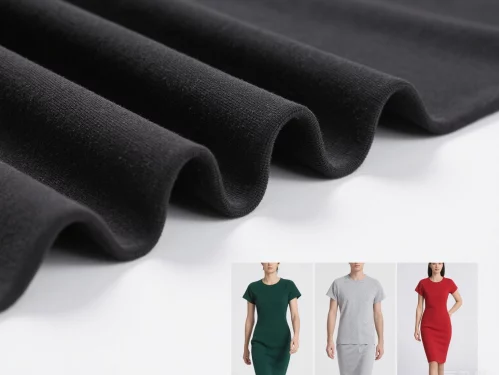
Balancing Elasticity and Protective Performance
Achieving a balance between elasticity and protective performance in flame retardant spandex fabric requires precise engineering. Spandex can stretch up to 500% of its original length. Spandex is known for its exceptional 500% of stretchability, but incorporating flame-resistant properties can sometimes affect its flexibility. By using advanced blending techniques and innovative chemical treatments, manufacturers can create fabrics that retain their elastic properties while meeting stringent safety requirements. Typically, spandex content in fabric ranges from 10% to 20%, providing 95% of high elastic recovery rate and a snug fit.
Cotton/nylon flame retardant fabric has good wear resistance, better strength, and soft hand feel. When combined with spandex, these characteristics can enhance the overall performance of the material. The goal is to ensure that the fabric not only resists flames but also provides comfort and mobility for the wearer.
Safety Material Characteristics: Fire Spread Resistance and High-Temperature Tolerance
Compliance with EN 11612 International Flame Retardant Standards
Flame retardant fabrics must comply with international standards such as EN 11612 to ensure their effectiveness in protecting against fire hazards. These standards evaluate various aspects of fabric performance, including heat resistance, ignition prevention, and fire spread control. For instance, a sample of inherent flame-retardant blackout fabric tested as per NFPA 701:2019 standards demonstrated compliance with safety criteria for use in diverse environments. This standard evaluates the flame propagation characteristics of textiles and films.
For spandex-based materials to meet EN 11612 standards, they must undergo rigorous testing to verify their ability to withstand extreme conditions without compromising elasticity or durability.
Flexibility and Durability in Extreme Environments
Flame retardant spandex fabrics are designed to maintain their structural integrity even in extreme environments. Permanent flame-retardant fabrics have characteristics such as wear resistance, temperature resistance, washability, acid and alkali resistance, waterproofing, anti-static properties, and high strength. These features make them ideal for applications requiring both flexibility and resilience under harsh conditions.
The durability of these materials is further enhanced through treatments that improve washing resistance. For example, polyester flame retardant fabrics treated with ATP can withstand over 30 washes while maintaining their protective properties. The flame retardant index of polyester flame retardant fabric can reach the national standard B2 level or above. Such advancements ensure that spandex-based safety fabrics remain effective over extended periods of use.
Practical Safety Applications: Firefighting and Emergency Rescue Gear
Lightweight and High-Elasticity Safety Advantages
Firefighting gear requires materials that are both lightweight and highly elastic to allow for ease of movement during emergency situations. Flame retardant spandex fabric offers these advantages by combining the 500% of stretchability of spandex with advanced fire-resistant properties. This synergy ensures that firefighters can perform their duties effectively without being hindered by heavy or restrictive clothing.
Cotton/nylon flame retardant fabric can better prevent electric sparks, arcs, metal droplets. When integrated with spandex fibers, it provides additional protection against thermal hazards while maintaining comfort.
Protection Against Thermal Radiation with Multi-Layer Composite Structures
To enhance protection against thermal radiation, multi-layer composite structures are often employed in safety gear. These structures typically consist of a combination of materials with complementary properties. For example, an outer layer made from permanent flame-retardant fabric provides initial protection against flames, while an inner layer made from elastic spandex ensures mobility.
The incorporation of advanced composites allows for tailored solutions that address specific risks faced by firefighters and emergency responders. By leveraging the unique benefits of each material layer, manufacturers can create gear that offers comprehensive protection without sacrificing functionality or comfort.
Sustained Safety Performance in Long-Term Use
Wash Resistance of the Material
Flame retardant spandex fabric is designed to maintain its protective properties even after repeated washing. This durability is essential for ensuring long-term safety and usability, particularly in industries where frequent laundering is necessary.
Resistance to Corrosive Chemical Gases
In environments where exposure to corrosive chemical gases is a concern, the performance of flame retardant spandex fabric becomes crucial. Permanent flame-retardant fabrics exhibit resistance to acids, alkalis, and other corrosive substances. By incorporating these characteristics into spandex materials, manufacturers can create fabrics that not only resist flames but also withstand harsh chemical conditions. This dual functionality makes them suitable for use in industries such as chemical processing, oil refining, and firefighting.
Compatibility of Breathability and Protective Properties
One of the challenges in developing flame retardant spandex fabric is achieving a balance between breathability and protective properties. Spandex is inherently breathable due to its stretchable nature, but adding flame-resistant treatments can sometimes affect this characteristic. By employing innovative blending techniques and advanced coatings, manufacturers ensure that the fabric retains its breathability while providing robust protection against fire hazards. This compatibility is particularly important for applications where comfort and mobility are critical, such as firefighting gear or athletic wear with safety requirements.
BEGOODTEX: Leading Innovation in Spandex Fabric Safety
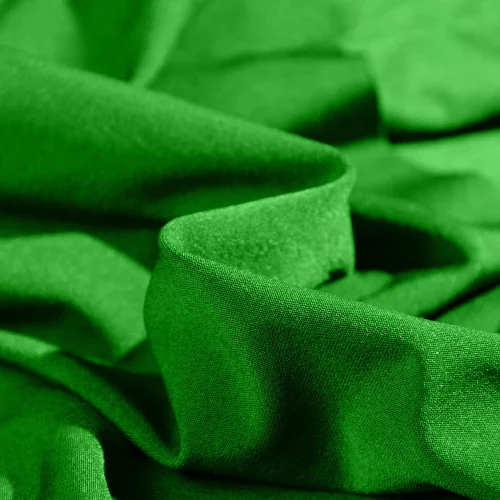
Compliance with International Flame Retardant Standards: NFPA701, DIN4102-B1
BEGOODTEX spandex fabrics are engineered to meet stringent international safety standards such as NFPA701 and DIN4102-B1. A sample of inherent flame-retardant fabric supplied by BEGOODTEX was subjected to fire testing as per NFPA 701:2019 standards. These standards assess the material’s ability to resist ignition and control fire spread, ensuring suitability for use in diverse environments. Compliance with these benchmarks underscores BEGOODTEX’s commitment to safety and quality.
Features of BEGOODTEX Spandex Fabrics
Flame Retardancy
The primary feature of BEGOODTEX spandex fabrics is their exceptional flame retardancy. By integrating advanced flame-resistant treatments into the fibers, these fabrics provide reliable protection against fire hazards. Permanent flame-retardant fabrics are made by spinning, weaving, and dyeing innate flame-retardant fibers. This process ensures that the fire safety of the protective properties from spandex fabric is inherent to the material rather than being surface-level treatments that may degrade over time.
Wash Resistance
BEGOODTEX spandex fabrics are designed for long-term use without losing their protective qualities. The materials undergo rigorous testing to ensure they can withstand multiple washing cycles while retaining their effectiveness against flames. Polyester flame retardant fabrics treated with ATP demonstrate excellent washing resistance. This durability makes them ideal for industries requiring frequent cleaning of uniforms or protective gear.
UV Protection
Another notable feature of BEGOODTEX spandex fabrics is their ability to block harmful ultraviolet (UV) radiation. This property adds an extra layer of protection for outdoor workers or individuals exposed to prolonged sunlight. By combining UV resistance with flame retardancy, these fabrics offer comprehensive safety solutions for various applications.
Environmental Friendliness
BEGOODTEX prioritizes ecological sustainability by using non-toxic and halogen-free flame retardants in their products. This product does not contain halogens and meets ecological and environmental requirements. The commitment to environmentally friendly practices ensures that their spandex fabrics align with global efforts toward reducing environmental impact while maintaining high safety standards.
Abrasion Resistance
Durability is a key consideration in safety textiles, and BEGOODTEX spandex fabrics excel in abrasion resistance. Cotton/nylon flame retardant fabric has good wear resistance. When combined with spandex fibers, this characteristic enhances the longevity of the material, making it suitable for demanding environments where wear and tear are common.
By integrating these advanced features into their products, BEGOODTEX continues to lead innovation in the field of flame retardant spandex fabrics. Their commitment to quality and safety ensures that users can rely on these materials for protection across various high-risk scenarios while enjoying comfort and durability unmatched by conventional alternatives.
FAQ
Q: Is flame-retardant spandex safe for high-risk environments?
A: Yes, flame-retardant spandex enhances safety in fire-prone settings like firefighting or event venues. Blended with fibers like aramids or chemically treated, it resists ignition and slows flames. Certified to NFPA 701 or ASTM F1959, it’s effective but not fireproof. Verify certifications for specific uses.
Q: How does flame-retardant spandex protect against fire?
A: It uses flame-resistant fibers or chemical treatments to form a char layer, displace flammable gases, or absorb heat. This slows flame spread and may self-extinguish, providing escape time in fire hazards.
Q: Does flame-retardant spandex lose effectiveness over time?
A: Inherently flame-retardant spandex retains properties through many washes (e.g., 25 cycles per NFPA 701). Chemically treated spandex may lose effectiveness after washing, needing re-treatment. Follow manufacturer care instructions to maintain protection.



